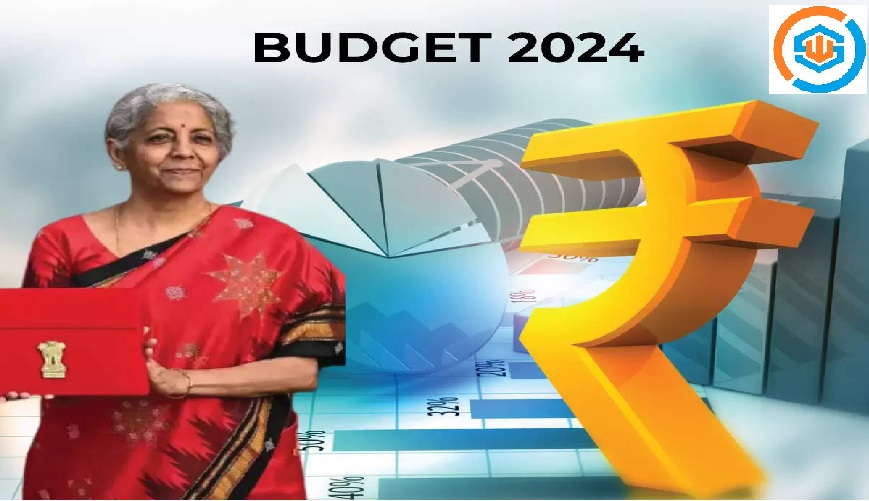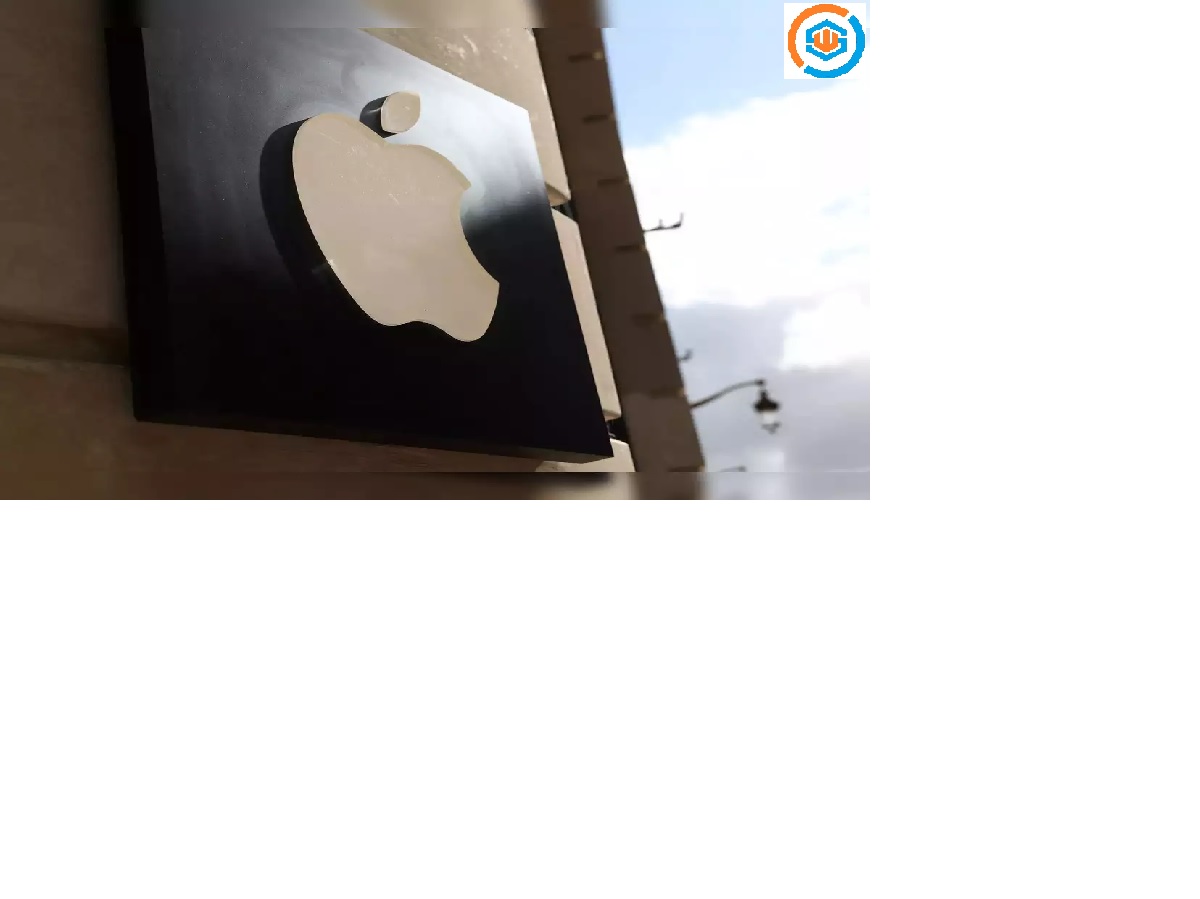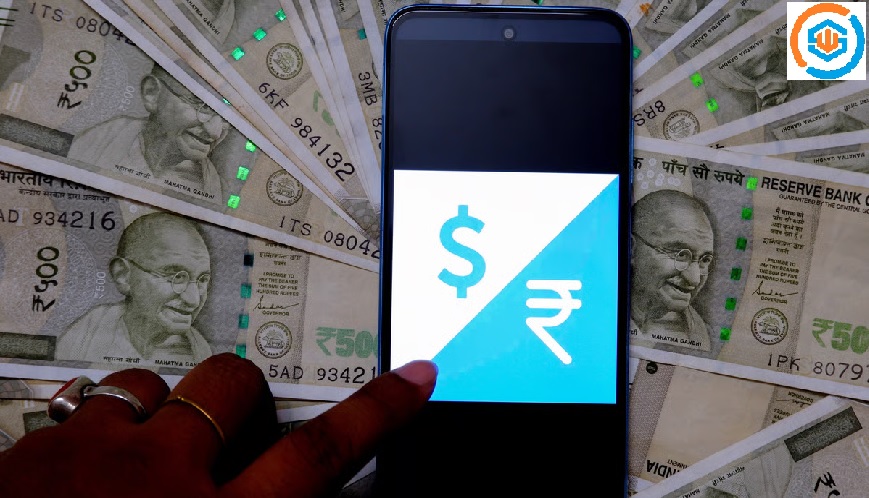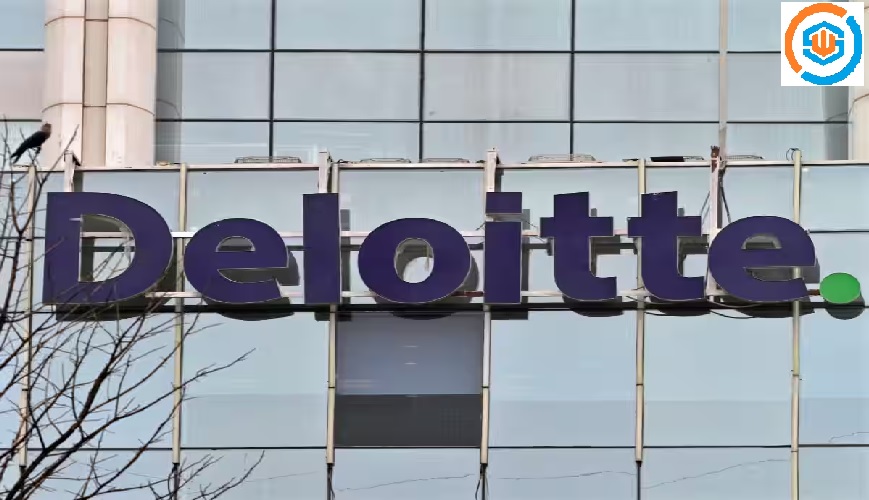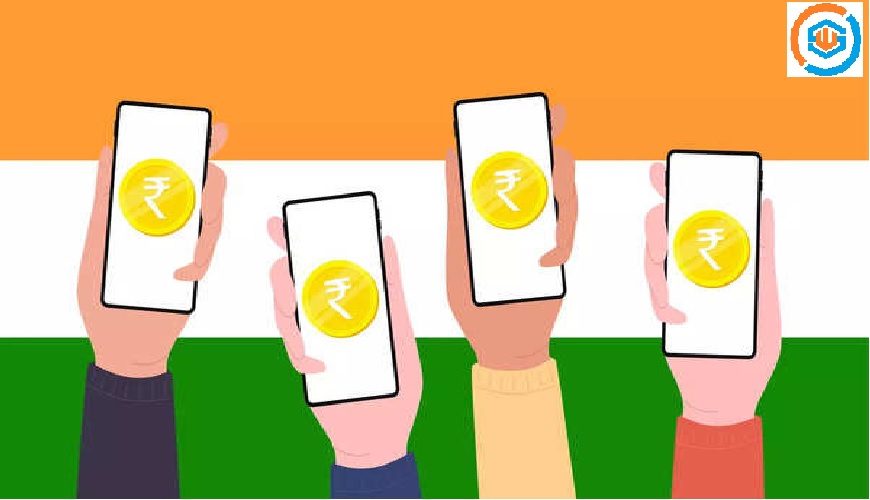
- 10 Sep
- 2023
SBI, HDFC Bank, Bank of Baroda, other banks allow you to scan UPI QR code and pay via RBI CBDC; how it works
Several banks including State Bank of India (SBI), HDFC Bank, Union Bank of India, Punjab National Bank (PNB), and Bank of Baroda (BoB) have recently introduced interoperability of Unified Payments Interface (UPI) with Digital Rupee. By integrating the UPI QR code infrastructure with the e-Rupee, this new functionality aims to simplify the payment process flow for thousands of users. Are you wondering how it will work and benefit you? Let’s find out.
What is UPI QR code-CBDC interoperability?
Touted as the e-Rupee or Digital Rupee, the RBI Central Bank Digital Currency (CBDC) is an electronic form of sovereign currency. The central bank proposed to issue two versions of the Digital Rupee — CBDC-Wholesale (CBDC-W) and CBDC-Retail (CBDC-R). CBDC-Wholesale is designed for restricted access to select financial institutions while CBDC-Retail can be used by all including the private sector, non-financial consumers, and businesses. Furthermore, the records of CBDC transactions are stored using blockchain technology. In plain terms, CBDC is nothing but a digital replica of the legal tender i.e., paper currency.
With the introduction of UPI QR code-CBDC interoperability, customers can now use their digital currency available in their Digital Rupee [CBDC-R] wallet and scan to pay across any UPI QR code, explained Joydeep Dutta Roy, Executive Director, Bank of Baroda. “Similarly, merchants need to only display their existing single QR code, which can accept payments in both CBDC and UPI. CBDC UPI QR interoperability will further accelerate the adoption of Digital Rupee [CBDC-R] among customers and provide wider payment acceptance infrastructure to promote usage of digital rupee at merchant outlets,” he added.
How can you transact using CBDC?
Since Digital Rupee is currently in a pilot phase, only those individuals who got an invite from their banks to join the e-Rupee network can use it. If you have received an invite from your bank to join the Digital Rupee pilot, you need to download the Digital Rupee app of the respective bank from Google Play Store or Apple iOS.
Once downloaded, you have to register with your mobile number. Do note that just as the same in UPI registration, here in Digital Rupee registration, the bank-registered mobile number must be physically present in the same device that is being used for registration.
After that, you have to create a new Digital Rupee wallet PIN and choose your authentication method i.e., fingerprint or face unlock (if available on your device). Once logged in, the home screen will show you four options i.e., send, collect, load, and redeem. In the Digital Rupee app, there are denominations of currency, just as in paper currency, and each of the notes has a unique serial number just the same as paper currency.
You have to click on ‘load’ to deposit money from your bank account into the Digital Rupee or CBDC wallet. Do note that, unlike UPI, in Digital Rupee the money is not directly deducted from the bank account, it has to be first loaded into the Digital Rupee wallet and then used. To send money to a mobile number or use a QR code mechanism to send money, click on ‘send’.

